MagnaFlow In The Movies:
Making movie cars perform on the road and the silver screen
2014’s Need For Speed was an adrenaline fueled thrill ride with almost unparalleled levels of automotive destruction. In the film we see multiple million dollar cars reduced to smoldering piles of wreckage, but how is the studio able to do this without resorting to CGI or actually destroying millions of dollars worth of hypercar? They turn to companies like Picture Car Warehouse and Ghostlight Industries to build convincing replicas at a fraction of the cost. Where do these companies go for exhausts that make power rather than lose it? MagnaFlow, of course.
In Need For Speed, there is a spectacular scene involving several Konigsegg Ageras that rather predictably ends with explosions and carnage. These Ageras are actually custom tube-frame cars with fiberglass bodies on them. They are powered by GM’s potent, lightweight, reliable, and cheap LS-series engines. The Bugatti Veyron, GTA Spano, and Sesto Elemento are all based on this same formula. One of the challenges that the picture car companies faced with these cars is the fact that they all have different wheelbases. The wheelbase differences don’t effect things like wheels and tires, suspension, etc., but it makes a big difference in terms of exhaust. Getting an exhaust system to work that would be easily modifiable and swappable between cars in the event of a car becoming damaged would require a lot of clever engineering and so they called MagnaFlow and their expert designer/fabricator Richard Waitas.
The production company gave Richard and MagnaFlow approximately four weeks to complete the exhaust work on all of the picture cars, including some non-replica cars including the Mustang and the huge support truck. When making the exhausts for the replicas, one of the most critical elements for Richard to get right was heat management. Unlike a production car, the replica car chassis don’t have things like wheel well liners or insulation and to compound things, fiberglass, unlike CFRP or metal, has a tendency to burst into flames if it gets too hot. At the end of the day, each of these replicas cost the studio less than 1/10 of what the real car would and comes with half of the headaches of dealing with a production hypercar.
MagnaFlow’s first foray into the world of movie cars came with the 2003 sequel to The Fast and the Furious, 2 Fast 2 Furious. Their involvement in the film was limited, mostly just supplying parts, but it opened the door for them to participate more heavily in the fourth installment of Fast and Furious. MagnaFlow provided both product and installation/fabrication service for Fast 4. They’ve been involved with many of the other films in the franchise since.
The next big movie car project for Richard and his crew is nothing less than the new Batmobile, to be featured in the upcoming film Batman Vs Superman. The goal for this build was performance above all else, followed of course by heat management. This iteration of Batmobile is significantly different from any of the previous versions, but unlike most movie cars, it is expected to be a serious performer, and will be doing many of its own harrowing stunts.
MagnaFlow’s involvement in the motion picture industry is just one more thing that sets it apart from the competition. It’s not an aspect of their business that they loudly publicize, but it is something that few others have the technology, facilities, and skills to do at this level. So next time you turn on a car movie, know that your car has more in common with those movie cars than you previously could have known!

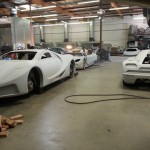
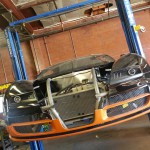
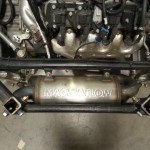
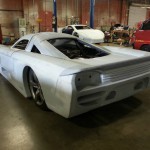
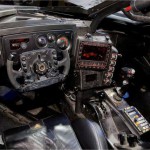

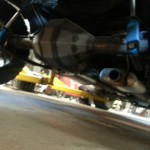
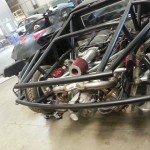
Leave a Reply